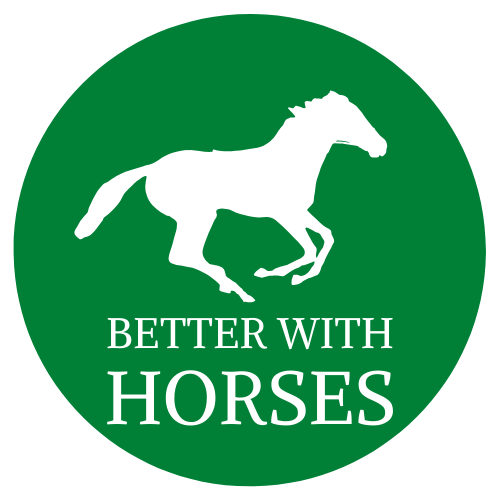
Have you ever been frustrated by how much you don’t know about horse care?
For instance, it okay for horses to eat freshly mown grass? Should you move the horses before mowing? Rake up the clippings? Close the gate to block access?
Why do you need to mow a horse paddock anyway? Or are you just being a helicopter horse owner?
The question is, which comes first – the pasture or the horse?
Simply put, without a daily, consistent supply of quality grazing, there is no horse. But without the horse, pasture management is a moot point.
Of course, no horse is not an option, so let’s take a look at these questions and discover some workable solutions.
Balancing Pasture Management and Horse Health
Let’s start with the horse’s side of things. Why are grass clippings a problem for horses?
If you’ll pardon taking the graphic route for a moment, unlike cows and goats who upchuck their food into their mouths to chew it again (“chewing the cud”), horses must rip off a bite of grass and thoroughly mix each mouthful with saliva before swallowing it.
And once they do, they can’t bring it back up again. There’s no turning back.
Grass clippings don’t require the ripping and tearing involved with normal grazing. Add to that the delicious taste of the clippings and horses gobble up large mouthfuls and barely chew it before grabbing another bite. This activity can lead to choke (the same as choking in humans but on a 1,000 pound scale), ingestion of poisonous weeds, or colic.
For a horse, all three of these scenarios—choke, poisoning, or colic—can be fatal mostly because the food has to pass through and out of their digestive system wreaking havoc along the way.

Why mow if clippings could create a problem?
Good question.
Because horses graze down to the roots of grasses, horses can make a mess of pastures. Especially ones smaller than the ideal of two to four acres per horse. (Source) While wandering around selecting preferred bites, horses create grazing patterns and bare spots, both of which can be managed by mowing.
Grazing Patterns
Horses instinctively know the best grasses they need for optimum digestion and leave behind the less desirable choices such as weeds. This creates a meandering pattern of over grazed grass and towering weeds, resulting in not only an aesthetically unpleasant scene but a place for weeds to flourish.
Mowing, especially before the weeds can go to seed and multiply, helps the grass hold its ground against the advancing weeds.
Bare Spots
Because they nibble tender grasses right down close to the roots or even rip fragile grasses out by the roots, horses can create bare spots where not even weeds can emerge. Mowing and reseeding are the most common ways to prevent bare spots.
So, there you have it. Pastures need to be mown to prevent grazing patterns that cause weed infestations, and to minimize bare spots.

Three ways to safely mow your horse pastures.
1. Rotate fields so horses aren’t present during mowing.
Whenever possible, move the horses to a different pasture while mowing. In general, field rotation allows a pasture to rest and recover, especially when left empty for at least two weeks. (Source)
2. Allow the grass to dry for at least 24 hours.
Grass clippings take at least 24 hours to dry out. This process renders the clippings harmless by reducing the desirability and opportunity for fermenting in the horse’s gut. Consider dragging the field to further spread out the clippings prior to giving the horses access.
3. Remove the clippings.
If there’s nowhere to move the horses, bag up or rake up the clippings during or immediately after mowing. You might find it helpful to mow the perimeter of the field blowing the clippings towards the center and continue in this pattern. This allows the mower to go over the clippings more than once and results in a pile in the center of the field for easier removal.
